Grenoble lies in southeastern France at the foot of the French Alps, where the rivers Drac and Isère meet. Due to its proximity to the mountains and its status as the most populous city in the Alpine region, it is known as the ''Capital of the Alps". Its history dates back over 2,000 years, beginning as a small Gallic village before becoming the capital of the Dauphiné state in the 11th century. The term Dauphiné originates from the French word dauphin, meaning "young dolphin", a symbol of nobility and grace. The last Dauphin, Humbert II, founded a court of justice and established the University of Grenoble before selling his state to France in 1349. Grenoble experienced economic growth through its glove-making industry in the 18th and 19th centuries, and later through hydropower from the late 19th to the early 20th century. The city, which hosted the 1968 Winter Olympic Games, is now a prominent scientific centre and the largest metropolis in the Alpine region, with approximately 160,000 residents and around 550,000 in the wider metropolitan area. Today, Grenoble is a bustling economic hub, attracting workers, students, and tourists from across Europe. Take a look at my recommendations for places to visit in Grenoble.
I suggest spending two days in the city to see them all. Let's start our walk from the Church of the Sacred Heart.
Church of Sacred Heart
The Basilique du Sacré-Cœur de Grenoble is situated near the Jardin Roger Genin park. Constructed between 1922 and 1943, the church is a fine example of the Art Deco style. It measures 65 metres in length, 35 metres in width, and stands 24 metres high, covering a total area of 2,275 square metres. The layout of the church follows that of a Roman basilica, featuring a central nave with nine bays, a metal framework, a semicircular apse, and a raised choir. The interior is adorned with elegant stone sculptures and paintings by Mary Israel, a renowned religious painter. In addition to its architectural beauty, the Basilique du Sacre Coeur is a popular venue for regular prayers and choral concerts.
Address: 3 Place Doyen Gosse
Saint Louis Church
Established in 1699 and dedicated to Saint Louis, the patron saint of King Louis XIV and protector of France, this church was commissioned by Louis the Great. Designed in the form of a Latin cross by Claude Mollart, the king's engineer and city architect, it features classical architecture. The bell tower, adorned with round-headed bays for sound diffusion, is crowned with a dome. Inside, the choir contains an exquisite 18th-century high altar accompanied by paintings from the 1680s by the Dominican friar André. The church is also home to a remarkable white marble Virgin from the 16th century. Its stained glass windows display two distinct artistic styles, and a modern organ, installed in the 1980s, completes the interior.
Address: Rue Félix Poulat
Jardin de Ville
Situated at the base of Bastille Hill, the Jardin de Ville is a historic garden that was once part of the 17th-century estate of the Duke of Lesdiguières. It now serves as the venue for a five-day music festival each summer and hosts various smaller events throughout the season. It is a pleasant spot to take a break while exploring the city, with benches shaded by trees offering peaceful places to rest across its 1.6-hectare grounds. The garden features different areas with palm, orange, sycamore, and chestnut trees, alongside colourful seasonal flowers. 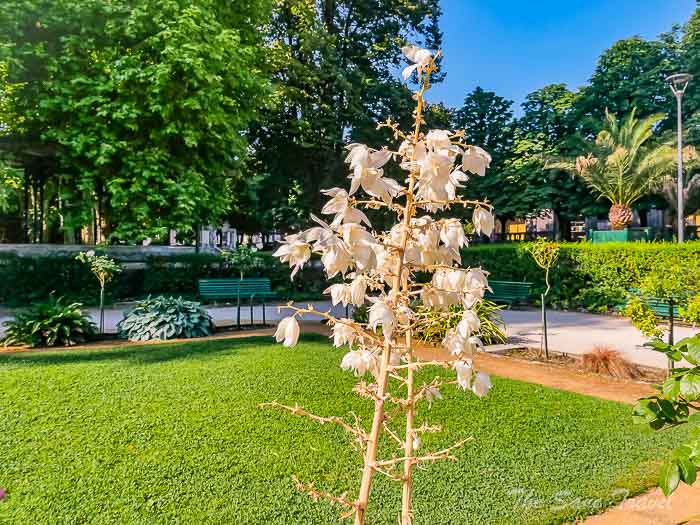
Grenoble Cable Car
The Grenoble Cable Car, one of the world's earliest urban cable cars, opened in September 1934 and remains a significant historical landmark in the city. Passengers can travel in the renowned "Bubbles" cabins for a quick journey from Grenoble city centre to the Fort de la Bastille. Approximately 370,000 people use the cable car each year, drawn by the wide range of activities and the site's popularity.
![19 bubbles thesanetravel.com P1613473]()
![16 bubbles thesanetravel.com P1613453]() Fort de la Bastille
Fort de la Bastille
The 19th-century military fortification has been transformed into a prominent tourist destination. Constructed between 1823 and 1848, the fortress holds historical significance that spans centuries. More than just a tourist attraction, La Bastille is a striking mountain landmark that overlooks the city, providing remarkable 360° views of the Grenoble region and the surrounding mountains. The Fort de La Bastille and its surroundings offer space for leisure and exploration, welcoming visitors of all ages.
When you are on Bastille Hill, be sure to check out the Mandrin Caves, named after the renowned 18th-century bandit, according to legend. Originally built by the army in the early 19th century for defensive purposes, the caves were first used as a stone quarry during the construction of the Bastille fort. An underground passage was later added to connect the caves to the fort, allowing soldiers to move discreetly. Visitors have the opportunity to explore the caves and enjoy their coolness, particularly in summer.
Visitors can enjoy scenic hiking trails, challenging long-distance routes, exhilarating trail-running paths, or the exciting Via Ferrata – all set in a stunning landscape, perfect for family outings or athletic training.
After returning to the bottom cable car station, head to the Place Grenette.
Place Grenette
Located just a short distance from the Jardin de Ville, Grenoble’s main town square is home to a collection of charming historic houses. At the heart of the square stands the elegant Lavalette Fountain, adorned with winged cherubs and dolphins. Inaugurated in 1824, this fountain, also known as the Fountain of Cupids and Dolphins, is one of the city’s oldest public fountains. Crafted from Sassenage stone and bronze, it features two large basins with intricately sculpted details, including four dolphins ridden by bronze cherubs. Its powerful jet of water can reach heights of up to twenty-two metres.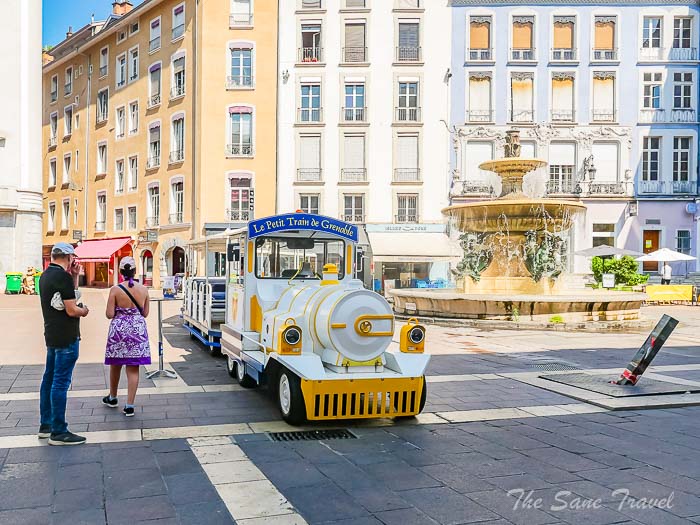
Les Halles Sainte-Claire
One of the best ways to explore a city is by sampling its local cuisine and engaging with its regional producers. In Grenoble, Les Halles Sainte-Claire, set in the historic city centre, is the ideal place to enjoy this experience. Built in 1874 with Parisian architectural influence, the market features a charming fountain depicting a fish surrounded by sun rays. Hosting around 20 stalls, it is open every morning from Tuesday to Sunday, showcasing a range of local producers, including bakers, greengrocers, butchers, poultry sellers, fishmongers, cheesemongers, wine and spirits merchants, and florists. With such variety, there is something to delight everyone at the market.
Fountain of Three Orders
While walking around the square, keep an eye out for the Fountain of the Three Orders, created by the sculptor Henri Ding in the 19th century from limestone. This fountain features three figures – a commoner, a member of the clergy, and a nobleman – and was built in 1897 to commemorate the events of 1788, before the French Revolution. Originally intended to honour the "Day of the Roof Tiles", it ultimately marked the centenary of the revolution in the Dauphiné region. The fountain is adorned with four bronze tritons playing water songs, symbolising the values of the Republic: Liberty, Equality, Brotherhood, and Justice. At the top of the fountain, the three figures representing the nobility, clergy, and Third Estate gaze towards a hopeful future together.
Grenoble Cathedral
Notre Dame Square, located in Grenoble's Old Town, is a vibrant and captivating area dominated by the impressive limestone and brick tower of Grenoble Cathedral. This cathedral, together with St Hugues Church and the ancient baptistery, forms the cathedral complex. Notre Dame has long been a central place of worship for the residents of Grenoble. The cathedral and St Hugues Church together constitute a unique double church system. Construction of the cathedral began in the early 13th century, with extensive renovations carried out in the 19th century and again in the 1990s. Today, it serves as the seat of the Bishop of Grenoble. The architectural elements of Grenoble Cathedral reflect its evolution over the centuries, characterised by a plain exterior contrasted with a beautiful interior.
Grenoble Museum
Established in 1798, the Grenoble Museum is a renowned art museum in France with a diverse collection spanning from antiquity to contemporary art. 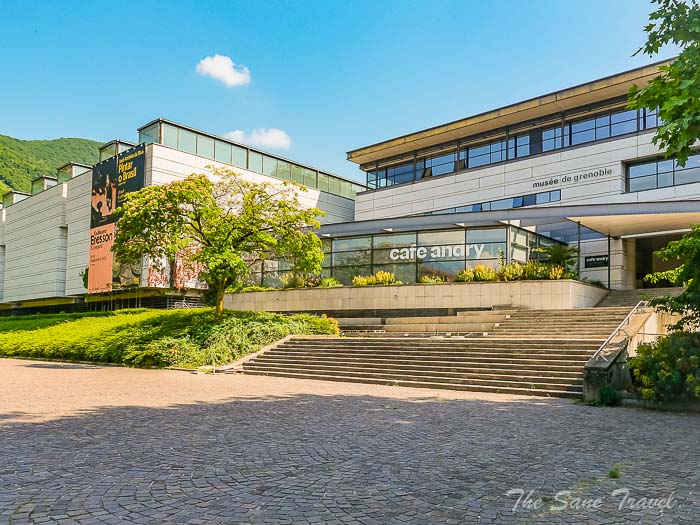
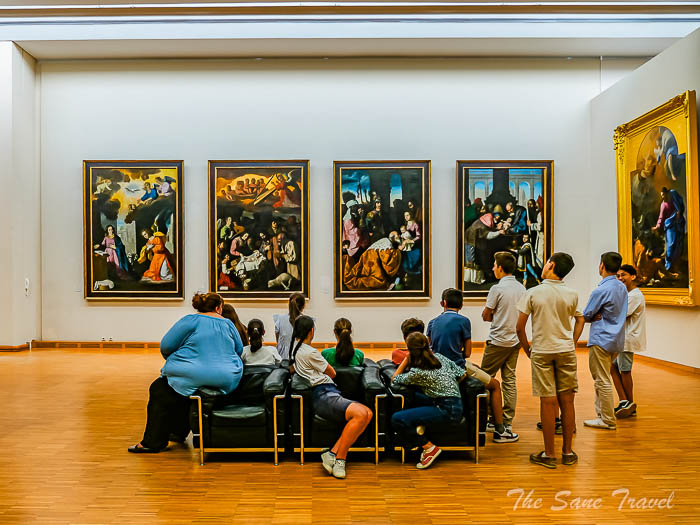
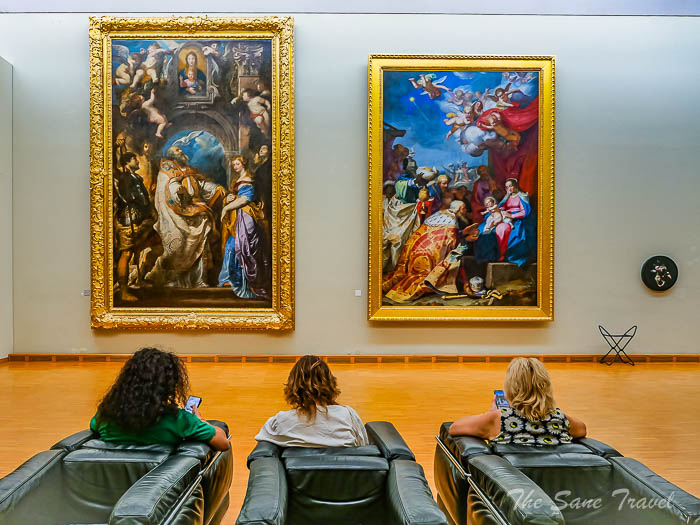
Crêperie Bretonne Desi Twist
Spend some time relaxing at a nearby crêperie. Situated just a short distance from the Grenoble city centre or the art museum, this establishment offers a variety of crêpes. They serve both buckwheat gallettes and regular flour crêpes. I tried galettes for the first time and found them delicious. Be aware that the crêperie is open only until 2 pm.
Address: 3 Rue Frédéric Taulier
Parc Paul Mistral
Covering 33 hectares, Parc Paul Mistral is the largest park in Grenoble and offers stunning views of the surrounding mountains. It features ponds and impressive ancient trees, and its proximity to the expressway makes it ideal for a range of activities. Originally a military training ground, the park was redesigned for the Electric Power and Tourism Exhibition in 1925. Designed in a landscape style, it is home to the Perret Tower, the only remaining structure from the 1925 Universal Exhibition. Sculptures by Apostu, Guasagnucci, and Rousil, created during the 1967 Symposium, can also be found in the park, which is covered by a dense forest in its southern, oldest section.
The map below covers the initial segment of your tour in Grenoble, excluding the Bastille section.
While in Grenoble, I recommend visiting the nearby Sassenage Castle, Les Cuves de Sassenage, and the Furon River Gorge as an afternoon trip. To travel from Grenoble to Sassenage Castle, take the C light rail from Grenoble Chavant station to Seyssinet-Pariset Hôtel de Ville station. Then transfer to bus number 20, which will take you to Château de Sassenage station. The total journey time for this route is around 30 minutes.
Sassenage Castle
Constructed in the late 1600s, Sassenage Castle was the final home of the Bérenger-Sassenage family. This impressive example of classical architecture still contains the family's original furniture, providing a glimpse into the lifestyle of the 17th and 18th centuries. The castle's various rooms, including the kitchen, living areas, ceremonial spaces, and private quarters, are all furnished with pieces from the family's collection. Surrounding the castle is an eight-hectare landscaped park, open to the public free of charge, offering a peaceful setting for relaxation and leisurely strolls. Since 1971, the castle has been owned by the Fondation de France and serves both commercial and cultural purposes. The commercial service hosts weddings, seminars, and events, while the cultural service focuses on preserving and showcasing the castle's heritage. Guided tours are available on specific dates for individuals and can be arranged year-round for groups with prior booking. During my visit, the castle's interior was unfortunately closed to visitors.
After visiting Sassenage Castle, head to the Furon River Gorge and Les Cuves de Sassenage cave.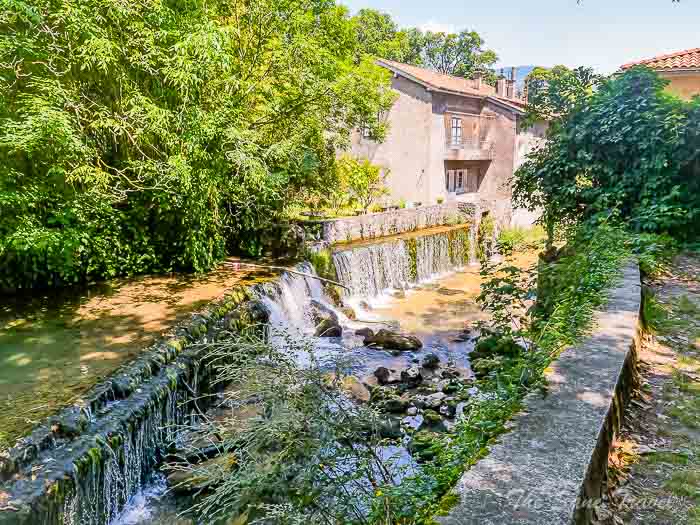
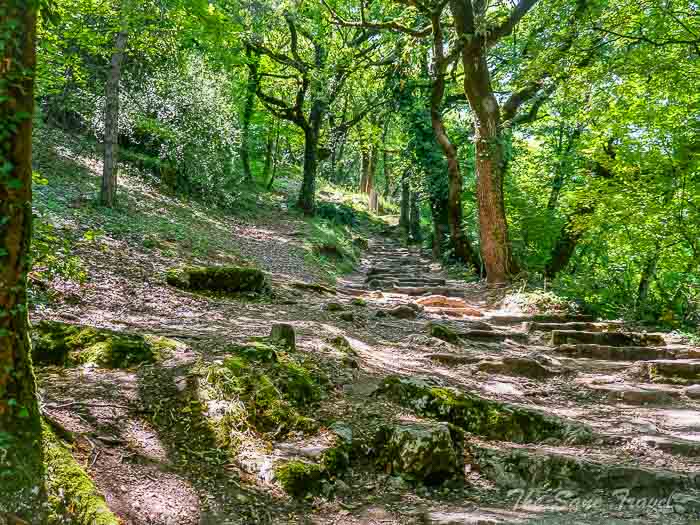
Les Cuves de Sassenage
Les Cuves de Sassenage gets its name from two large basins, known as "giant pots", located at the entrance to the site. According to legend, if these vats were full on Epiphany, it would signify a bountiful harvest. The cave is unique in that it is divided into two networks: an active network that is still traversed by the underground river Germ, especially during periods of heavy rainfall or snowmelt, and a fossilised network where visitors can observe unusual rock formations. When the cave opened to the public in 1947, visitors could access only 200 metres of the paths. Today, visitors can walk over one kilometre through various galleries that showcase remarkable rock formations sculpted by water. The cave is quite challenging to navigate, with numerous steps and low-ceilinged passages. During my visit, the cave was closed to the public, so I only saw the entrance. Information in English was limited, which made it difficult to determine the opening hours.
After exploring the cave, continue along the Furon River Gorge until you reach the waterfalls. Take a moment to admire the natural beauty of the surroundings before retracing your steps along the same route.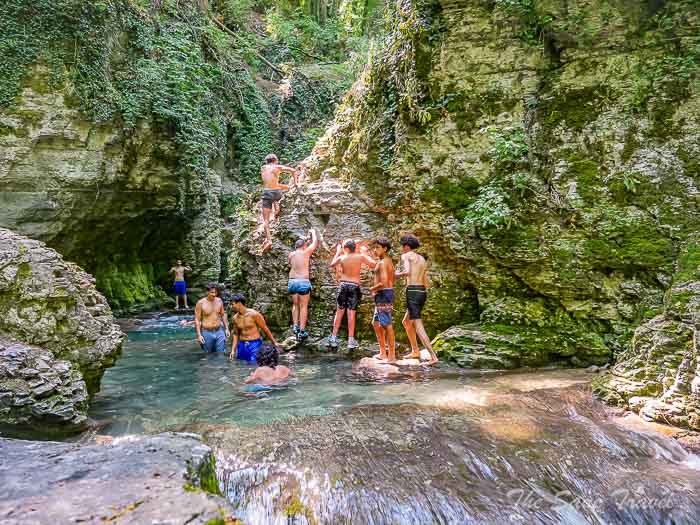
Visitors often praise the stunning waterfalls, lush scenery, and tranquil atmosphere of the area. Please be aware of potential hazards such as slippery paths and steep inclines. It is advisable to wear sturdy footwear and bring swimwear if you plan to enjoy the water features.
Street art
I recommend adding a street art tour to your itinerary in Grenoble, even though I did not have enough time to do so myself. The Grenoble Street Art Fest is an annual event held at the end of spring, during which artists create new murals across the city. Since 2015, around 300 walls in Grenoble have been painted. The festival aims to make art accessible to as many people as possible through cultural events and guided tours organised by the Grenoble-Alpes Métropole Tourist Office. If you are a fan of street art, be sure to set aside time for a street art walk to appreciate fully the works on display.
How to get to Grenoble
Grenoble is conveniently connected to various cities in France by train, with frequent direct services from Paris. The journey from Gare de Lyon to Grenoble train station covers a distance of 480 kilometres and typically takes around four hours, with the fastest trains completing the trip in three hours. Grenoble also has good transport links with nearby French and European cities such as Lyon, Geneva, Milan, Bern, Chambéry, and Annecy. Travel times are approximately three hours from Lyon to Grenoble, two and a half from Geneva, and six from Milan. Although Grenoble has its own airport, it is often more cost-effective to fly into Lyon or Geneva and then take a bus to Grenoble, with Flixbus offering a convenient and affordable option.
Like it? Pin it!
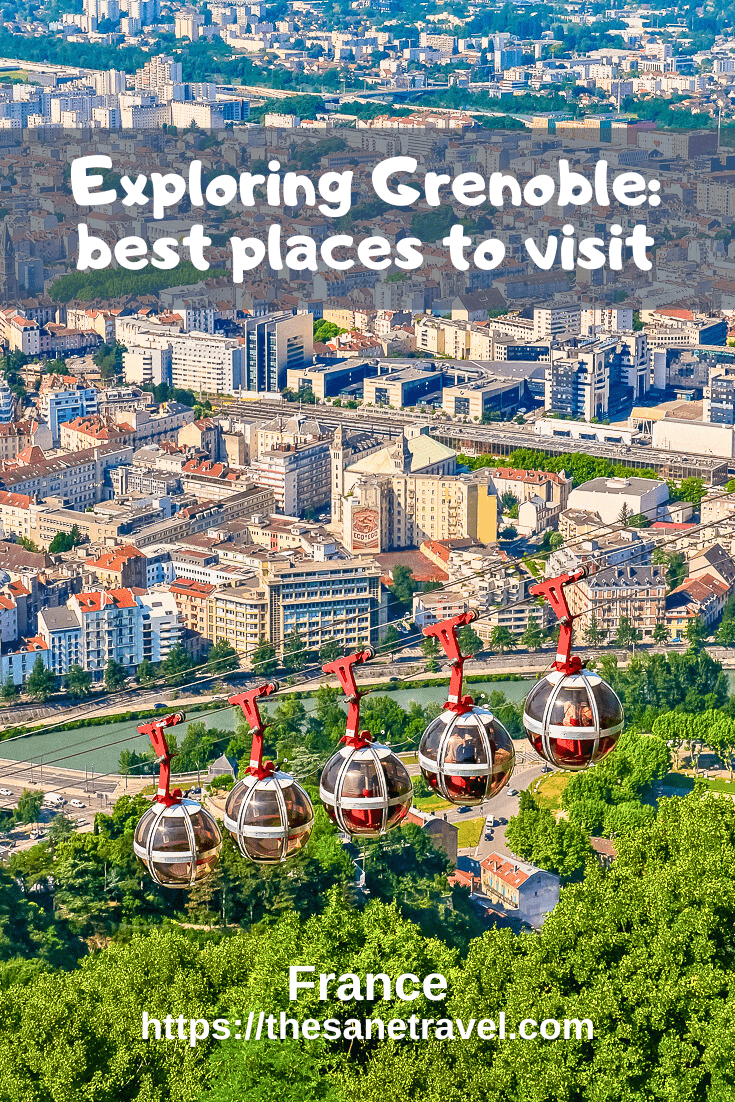
What did you think? Have you been to Grenoble? I would love to hear from you, so please add your comment below.
Author: Anita Sane
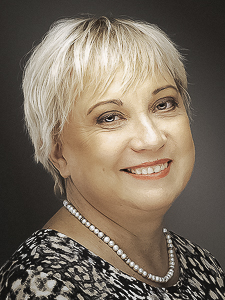
About the author
Anita is a part-time traveller, passionate photographer and a retired career woman from Latvia, travelling mostly solo for more than 15 years. She is a skilled travel planner who plans and executes her travels by herself. Anita wants to show you how to travel the world and open your mind to new experiences. Follow her on Facebook, Instagram, Pinterest, Twitter and Bloglovin.

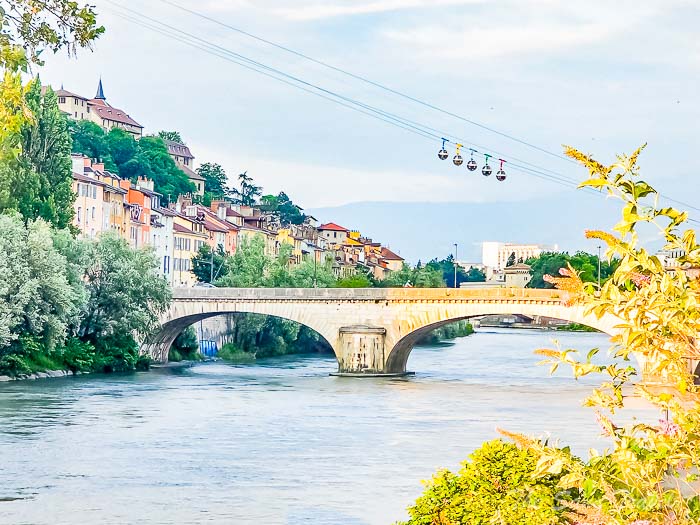
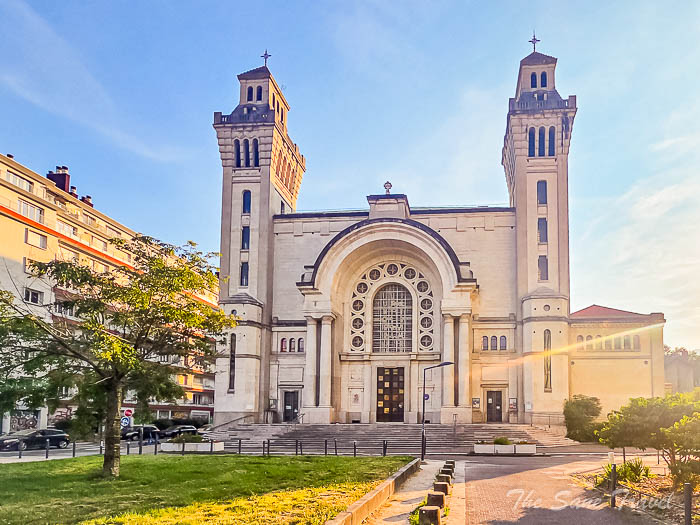
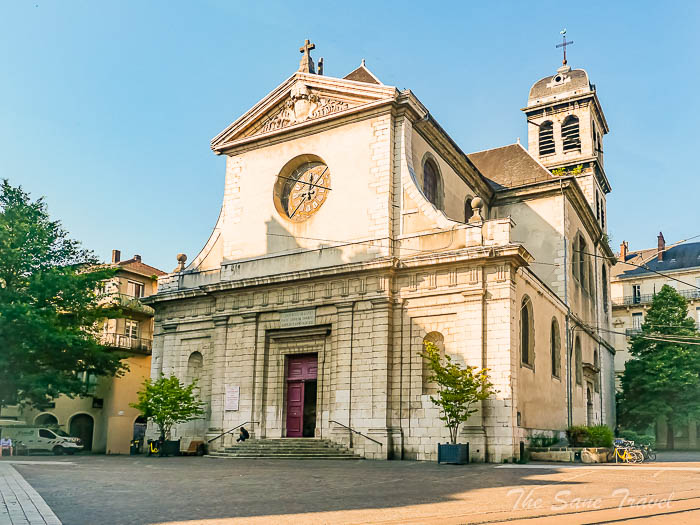
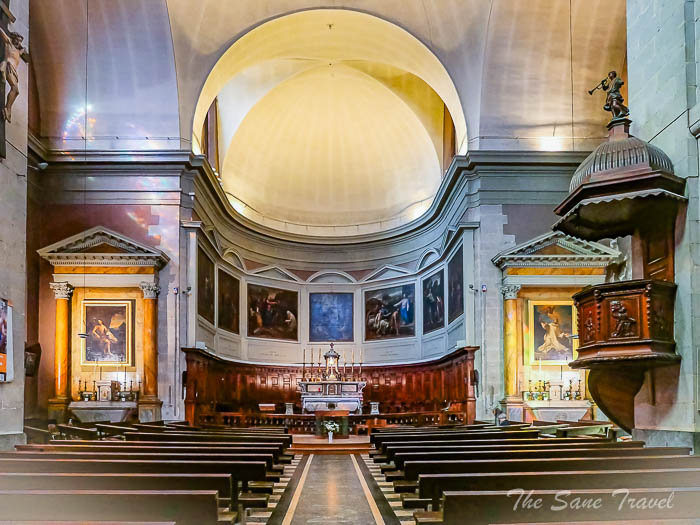
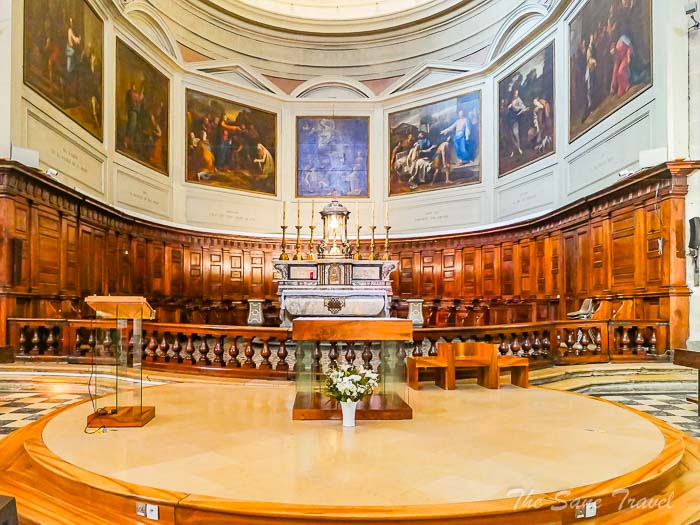
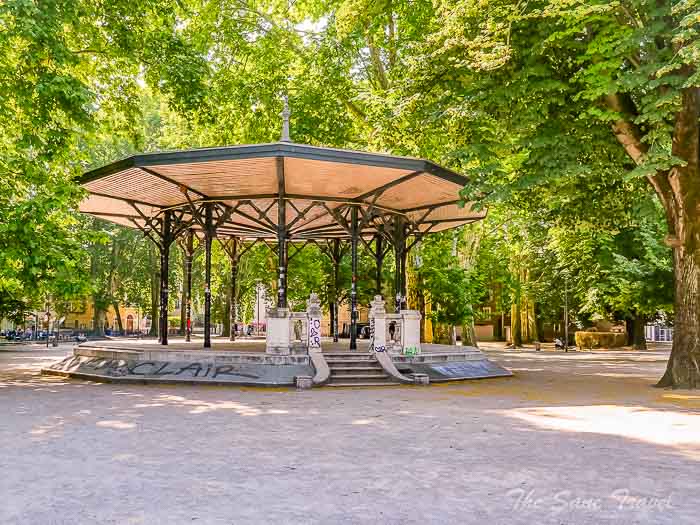
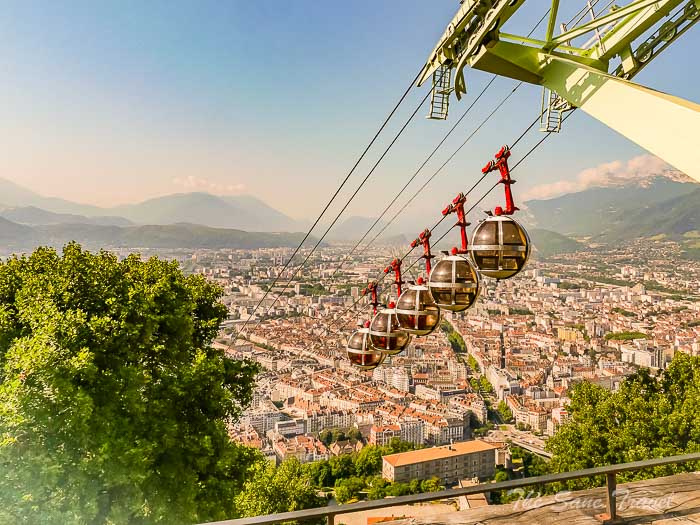
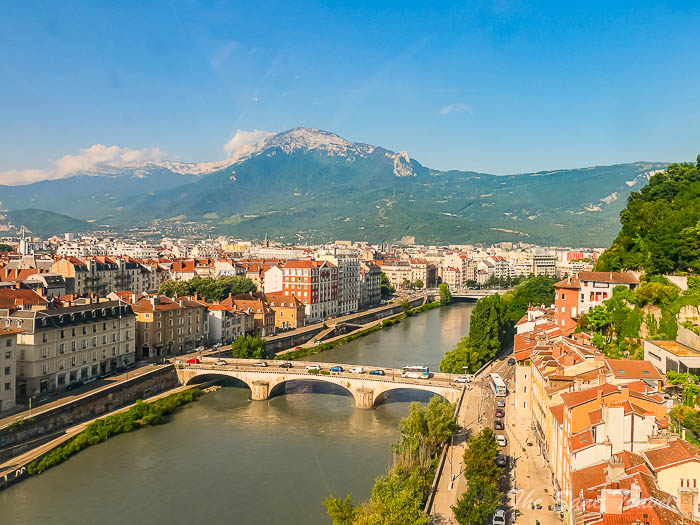 Fort de la Bastille
Fort de la Bastille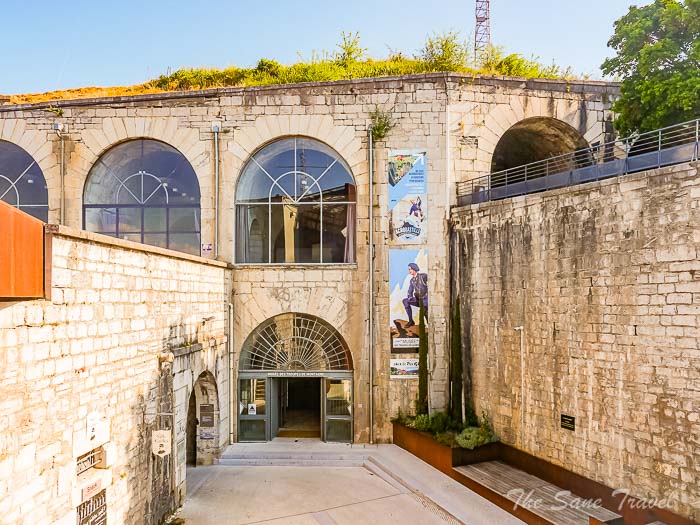
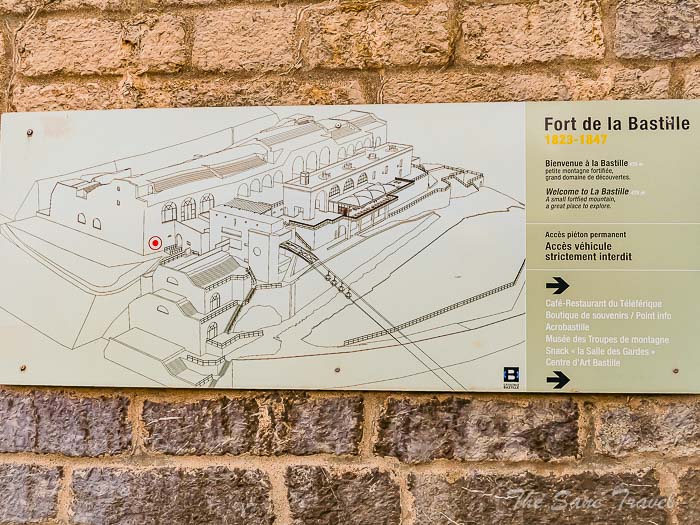
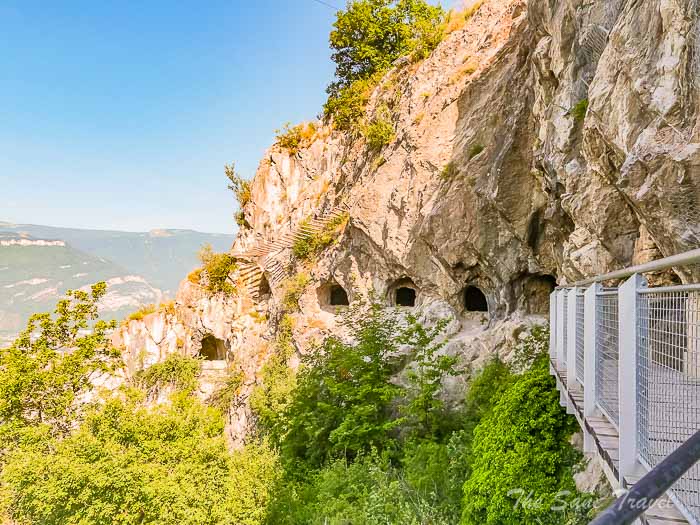
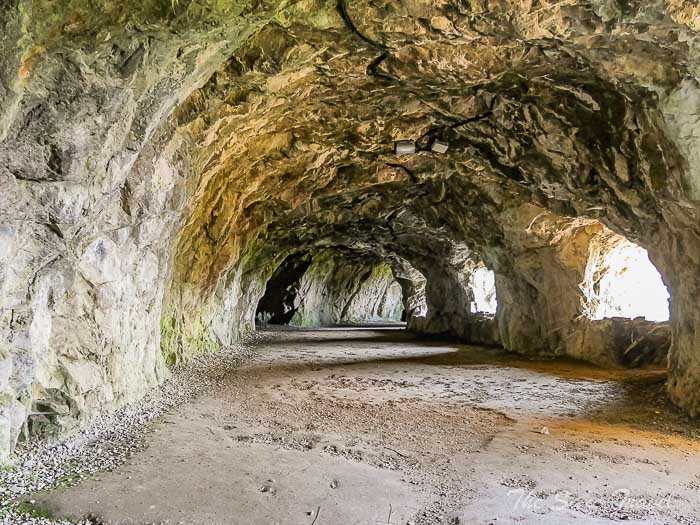
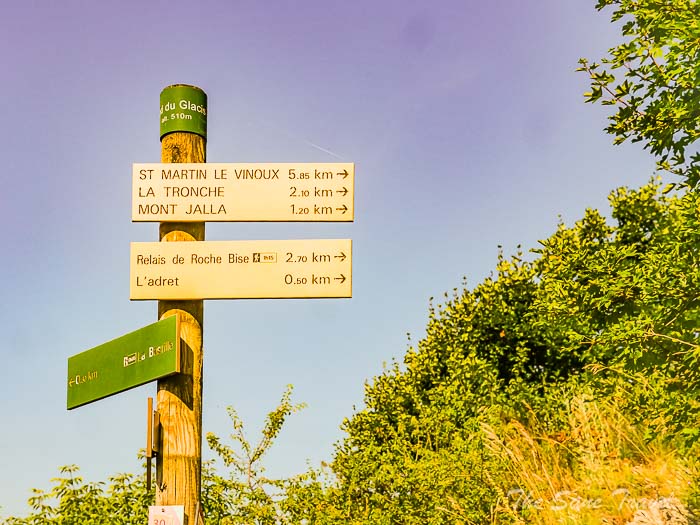
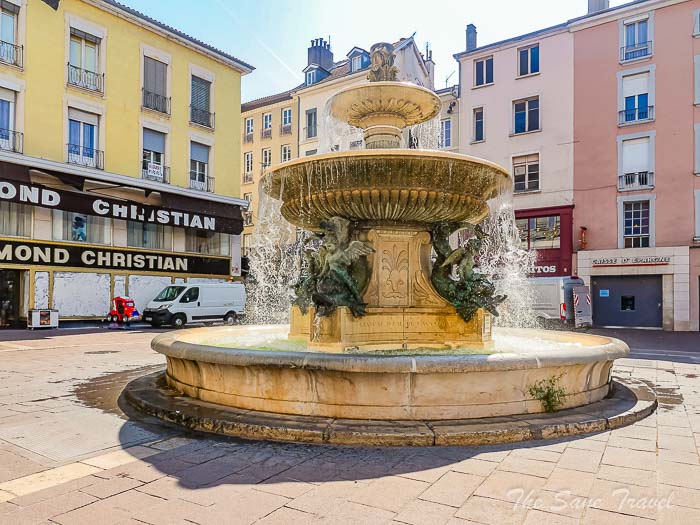
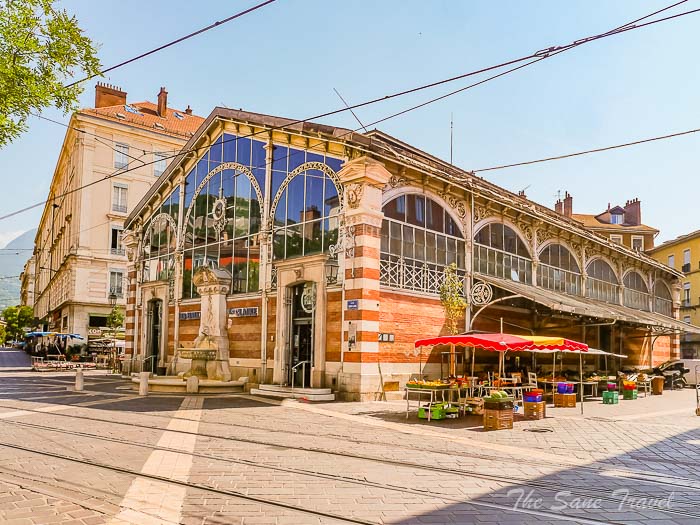
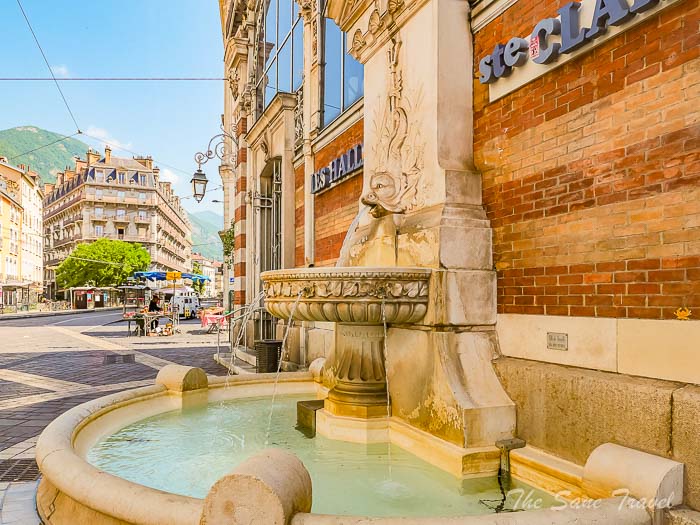
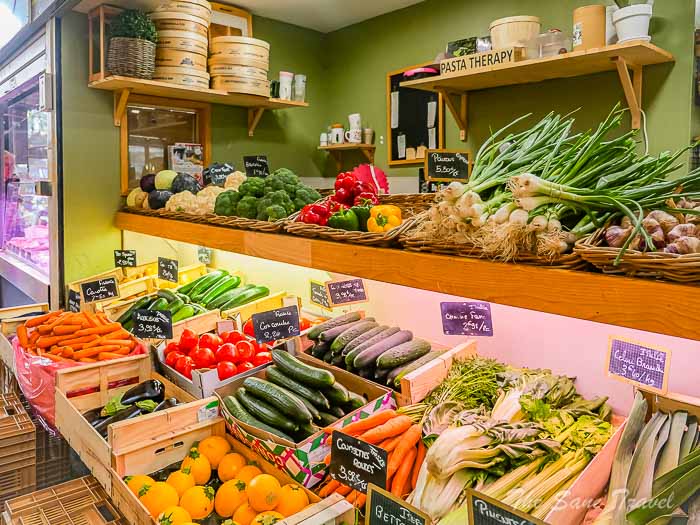

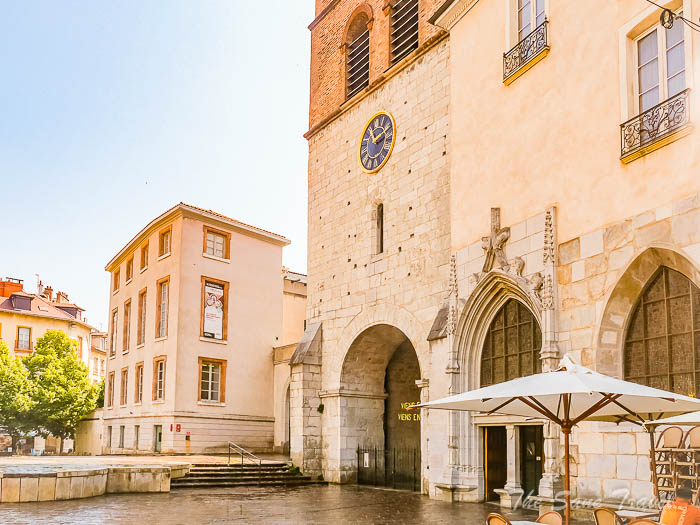
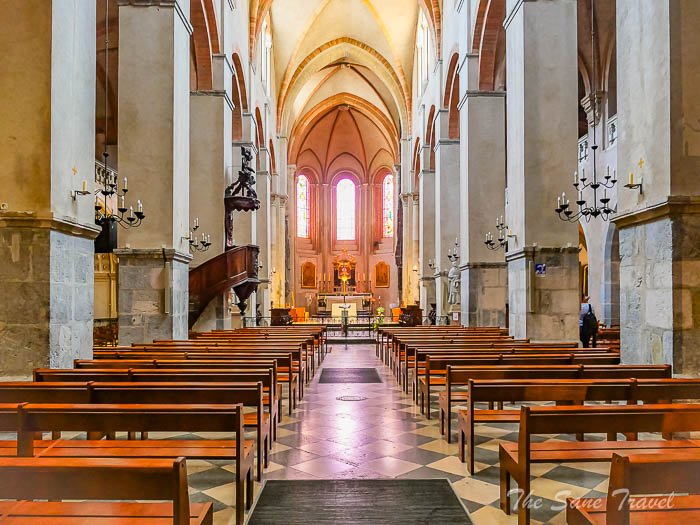
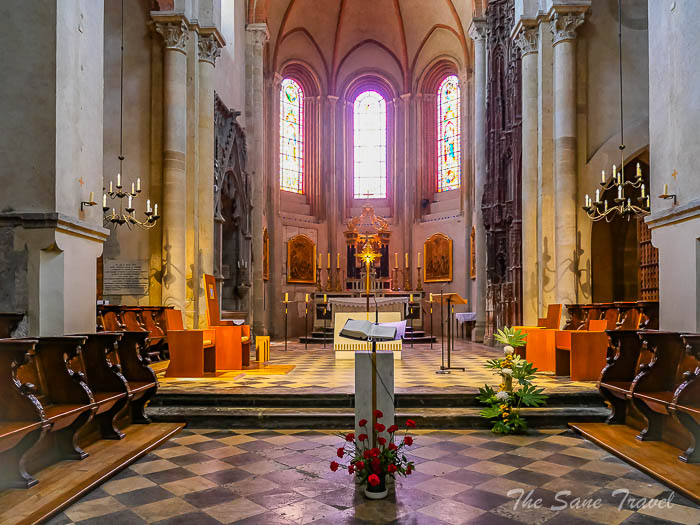
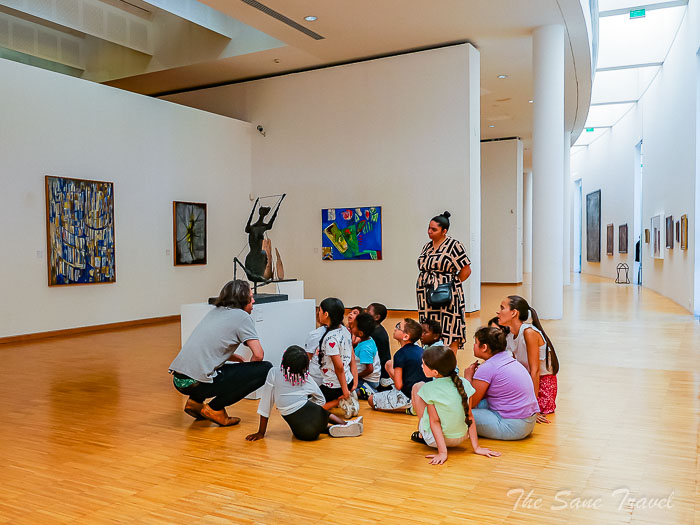
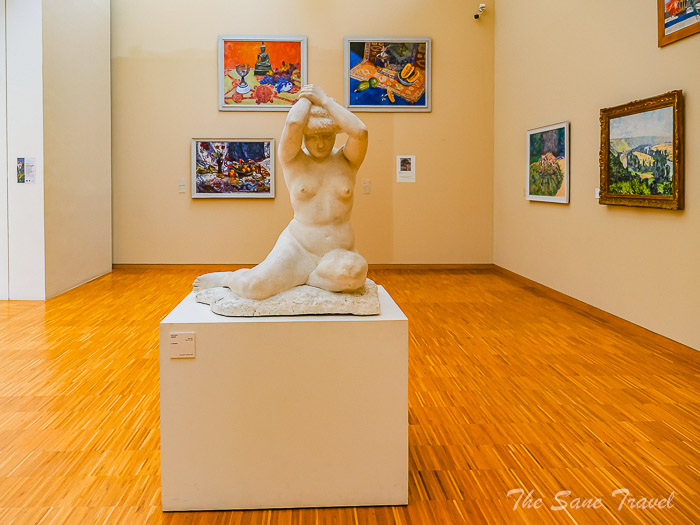
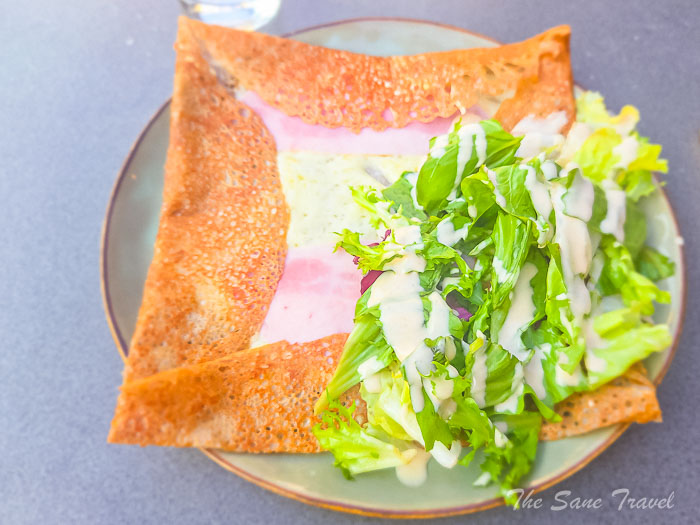
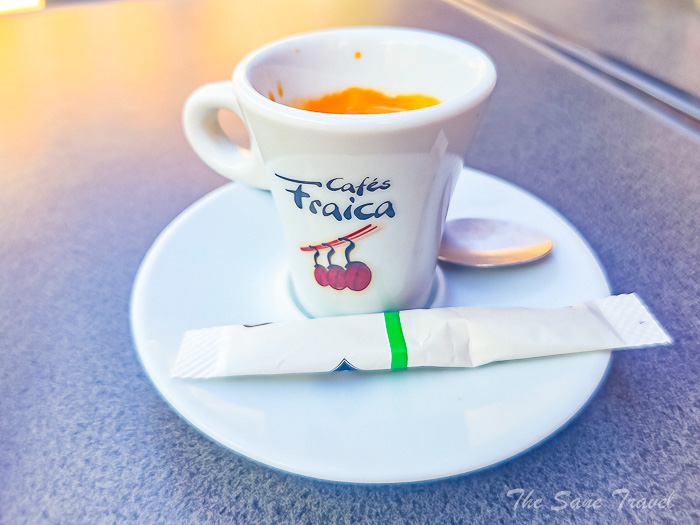
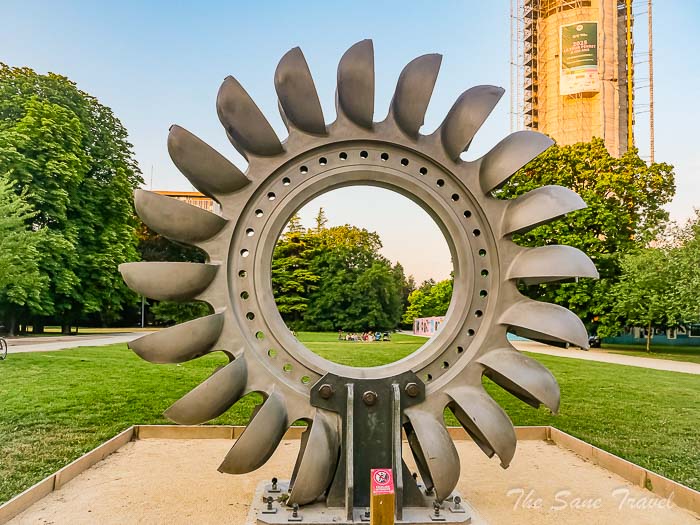
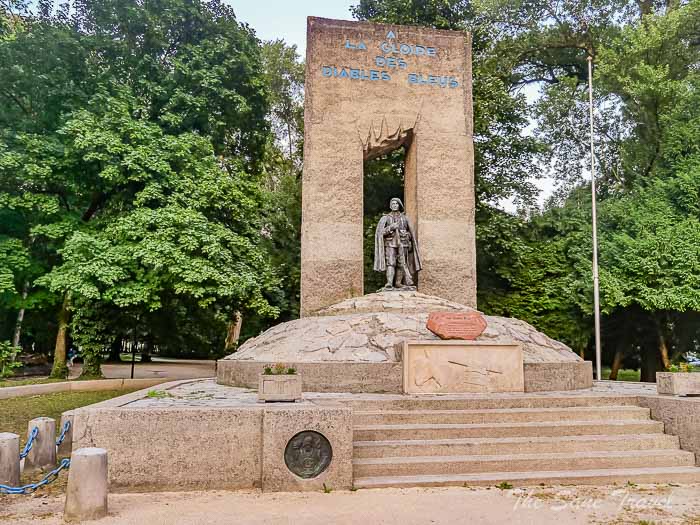

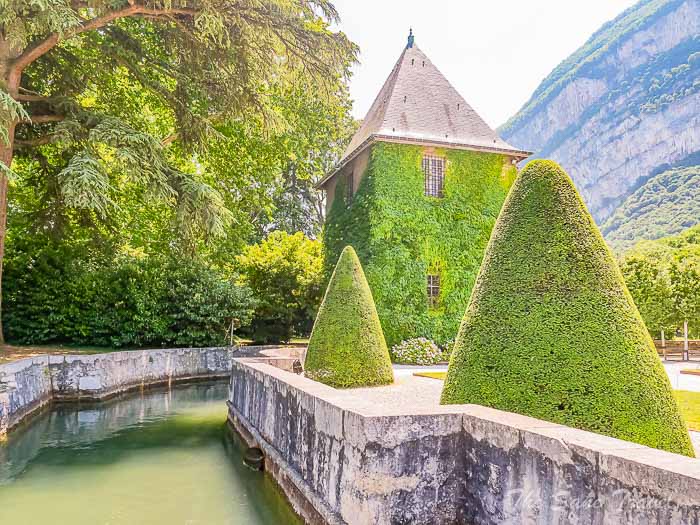
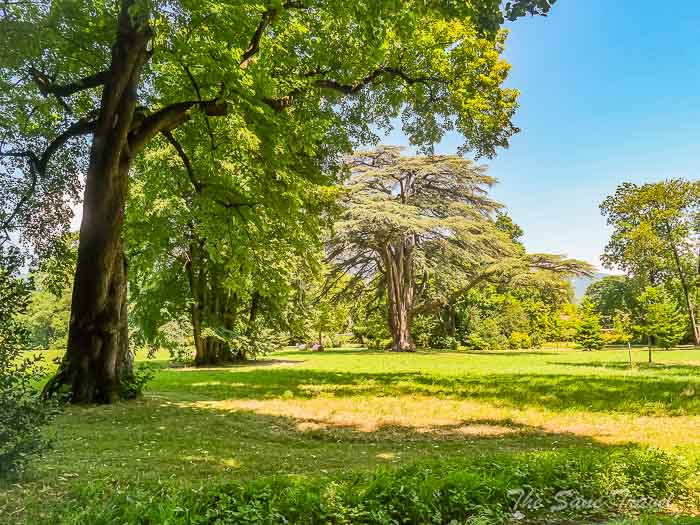
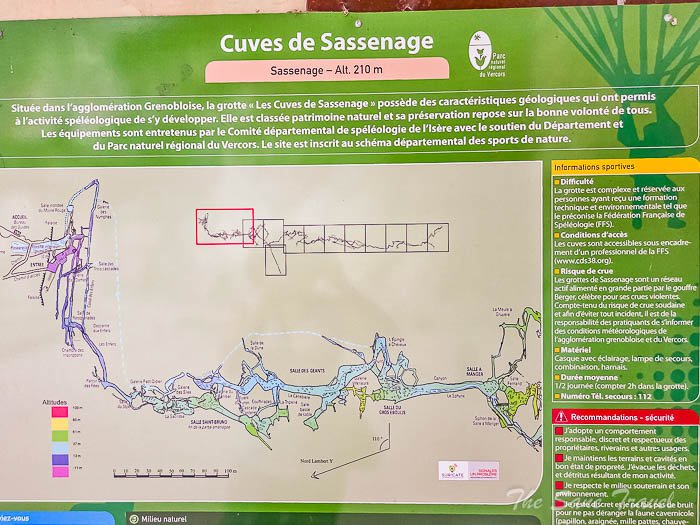
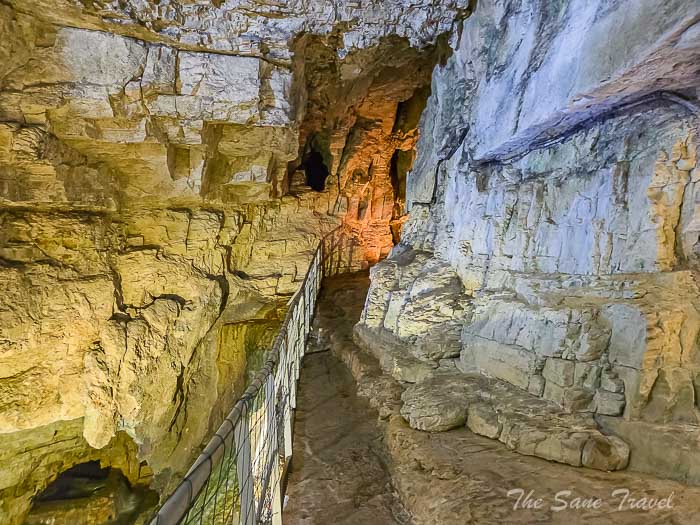
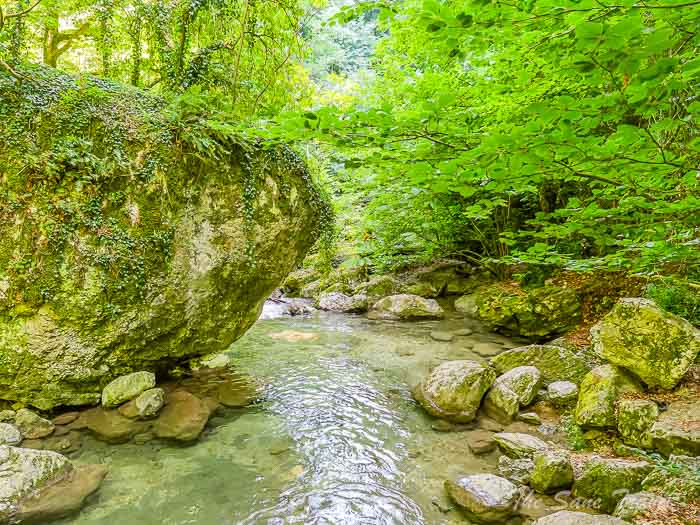
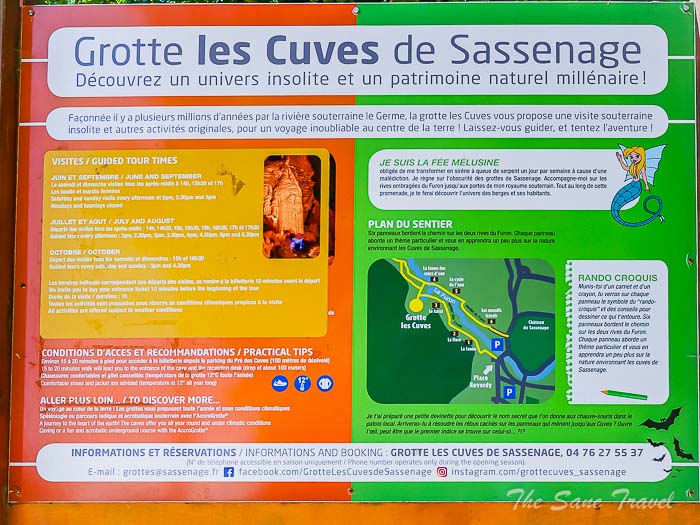
Report
My comments